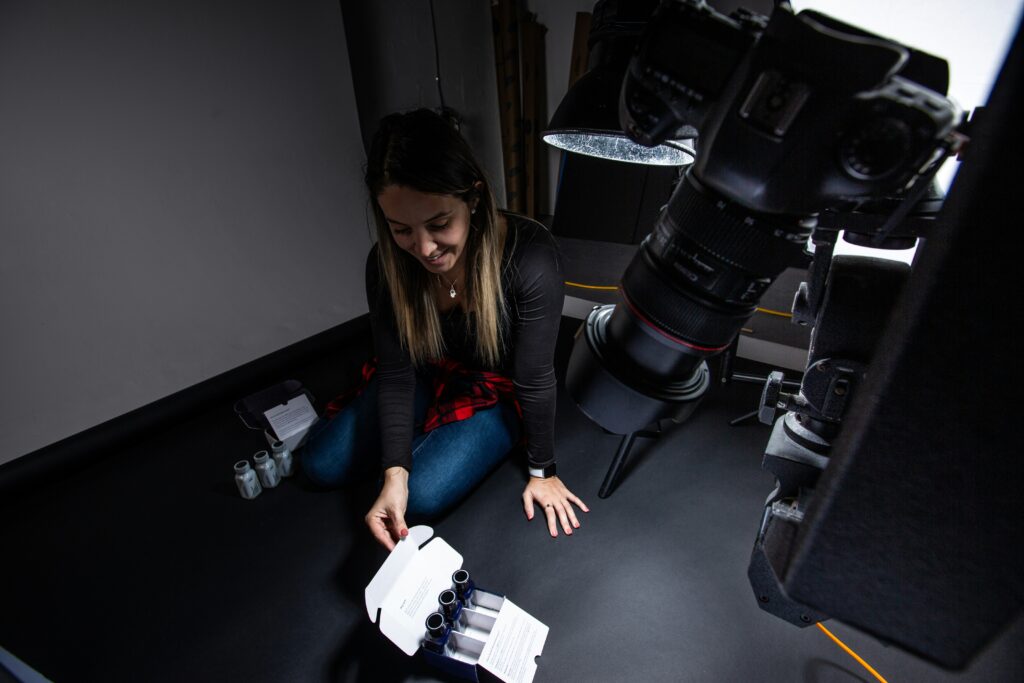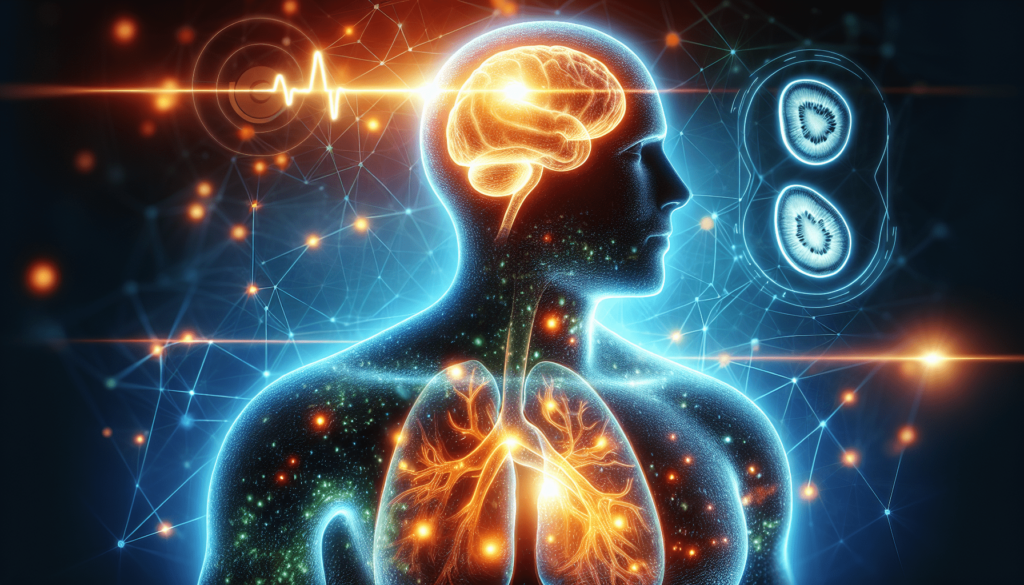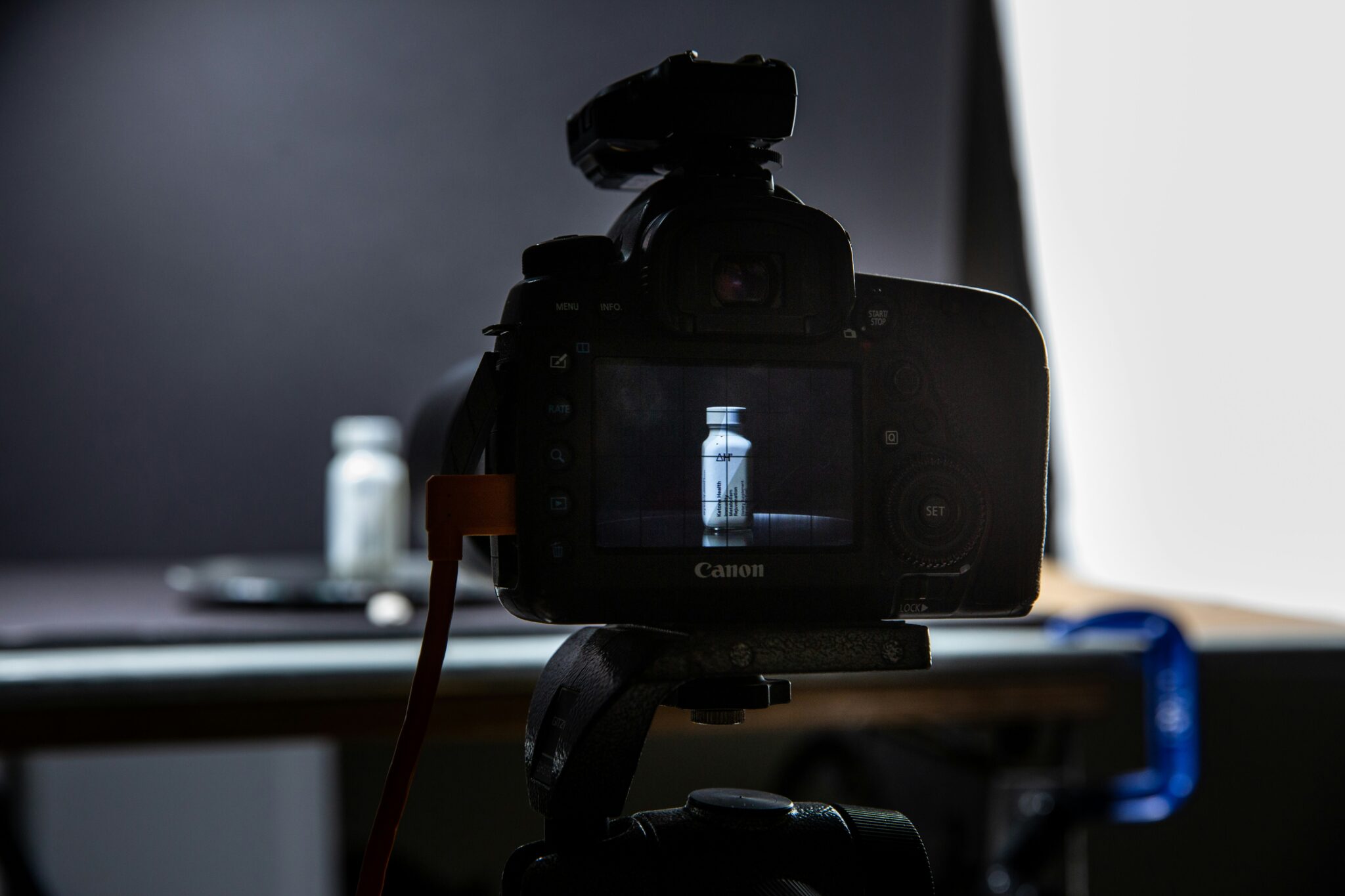Embarking on a keto journey can be both exciting and a tad bewildishing. Your curiosity about how this high-fat, low-carb diet transforms your body is about to be rewarded with clear insights. “The Science Behind Ketosis: Understanding Your Body On Keto” offers you a fascinating exploration into the biological changes that occur during ketosis. Through understanding the nitty-gritty of how your body shifts its energy source from glucose to ketones, this piece will illuminate the pathway to potentially achieving your wellness goals. So, let’s unravel the scientific tapestry behind the keto diet together, and see how your body adapts to this interesting nutritional strategy.

Get your Free Keto Recipe eBook Now!
What is Ketosis?
Ketosis is a metabolic state that your body enters under specific dietary conditions. But what exactly does this mean for you? Let’s dive into the details.
Definition and basics of ketosis
At its core, ketosis is a process that occurs when your body doesn’t have enough carbohydrates to burn for energy. Instead, it burns fat and makes things called ketones, which it can use as fuel. This is a natural metabolic state, but it’s not the default for most people in a modern diet rich in carbs.
The natural metabolic state
Your body is designed to be flexible with the fuel it uses. Typically, carbohydrates are the primary source of energy, but in their absence, your body can switch to burning fat, leading to the production of ketones. This switch is a natural response to a low-carbohydrate intake.
How ketosis differs from ketoacidosis
It’s crucial to distinguish between ketosis and ketoacidosis. The latter is a dangerous condition often associated with diabetes, where blood becomes too acidic due to extremely high levels of ketones. Unlike ketoacidosis, nutritional ketosis helps maintain healthy ketone levels and is a safe dietary approach for most people.
The Role of Carbohydrates in Ketosis
The quantity and type of carbohydrates in your diet play a crucial role in whether or not you enter ketosis.
Carbohydrates and energy production
Carbohydrates are typically your body’s main energy source. They break down into glucose, fueling your cells. However, when carbohydrates are severely limited, your body looks for alternative energy sources.
Reducing carbohydrate intake to induce ketosis
By significantly reducing your carbohydrate intake, your body is forced to turn to fat for fuel, eventually leading to the state of ketosis. This is the cornerstone of the ketogenic diet.
The impact of carbs on blood sugar and insulin levels
Carbohydrates have a direct impact on your blood sugar and insulin levels. When you eat carbs, your blood sugar rises, and your body releases insulin to transport glucose to your cells. By eating fewer carbs, your insulin and blood sugar levels stabilize, contributing to the benefits of a ketogenic lifestyle.
Get your Free Keto Recipe eBook Now!
Ketones: The Energy Units of Ketosis
In ketosis, ketones become the star players as your body’s alternative energy source.
What are ketones?
Ketones, or ketone bodies, are chemicals your liver produces when it breaks down fats. They serve as a fuel source when glucose is scarce.
Types of ketone bodies
There are three primary types of ketone bodies: acetoacetate, beta-hydroxybutyrate (BHB), and acetone. Each plays a role in your body’s metabolic processes during ketosis.
How the body produces and uses ketones for energy
When your body is in ketosis, it relies on these ketone bodies for energy, significantly reducing its dependence on glucose. This shift not only helps you burn fat but also can lead to increased focus and energy.
Entering Ketosis: The Transition Phase
The transition into ketosis is a unique period that can vary greatly from person to person.
The process of entering ketosis
Entering ketosis involves depleting your body’s carbohydrate stores and beginning to break down fat for energy, producing ketones. This transition doesn’t happen overnight and requires strict adherence to carbohydrate restriction.
Common symptoms and signs of the keto-adaptation phase
During initial stages, you might experience symptoms such as fatigue, headache, nausea, and irritability—often referred to as the ‘keto flu’. Additionally, increased thirst, frequent urination, and reduced hunger are common signs that you’re entering ketosis.
Duration and individual variability
The time it takes to enter ketosis can vary, typically ranging from two to seven days, depending on factors like your metabolism, activity level, and adherence to the diet. Understanding your body’s signals and being patient during this phase are key.

The Benefits of Ketosis
Once you’re in ketosis, you may begin to notice several positive changes.
Weight loss and body composition changes
One of the most apparent benefits of ketosis is weight loss. As your body burns fat for fuel, you may see significant body composition changes, with reduced body fat and improved muscle definition.
Improved energy levels and cognitive function
Many in ketosis report feeling more energized and mentally sharp. The constant fuel supply from ketones can lead to better concentration and sustained energy throughout the day.
Potential long-term health benefits
Emerging research suggests that the ketogenic diet may offer long-term health benefits, including improved blood sugar control, decreased risk of heart disease, and potential protective effects against neurological conditions.
Possible Side Effects and How to Mitigate Them
Transitioning to a ketogenic lifestyle can come with its challenges.
Common side effects experienced during ketosis
Apart from the keto flu, some individuals may experience constipation, leg cramps, and difficulty sleeping initially. These are generally temporary and can often be mitigated with dietary adjustments.
The ‘keto flu’: Symptoms and remedies
To combat keto flu symptoms, ensure adequate hydration, increase salt intake, and consider supplements for electrolyte balance. Eating more healthy fats and moderate protein can also help ease the transition.
Long-term risks and considerations
While ketosis can offer many benefits, it’s important to be aware of potential long-term risks, such as nutrient deficiencies or liver and kidney concerns. Integrating a wide variety of low-carb vegetables and quality proteins can help mitigate these risks.

Dietary Guidelines for Maintaining Ketosis
Maintaining ketosis requires careful attention to your diet.
Ideal macronutrient ratios: Fat, protein, and carbs
A typical ketogenic diet involves high fat intake (70-80% of daily calories), moderate protein (15-20%), and very low carbohydrates (5-10% or less).
Foods to eat and avoid on a ketogenic diet
Focus on healthy fats like avocados, coconut oil, and nuts. Choose lean proteins and leafy greens. Avoid sugar, grains, and high-carb fruits to maintain ketosis.
The importance of hydration and electrolyte balance
Staying hydrated is crucial on a ketogenic diet, as ketosis naturally depletes water stores. Additionally, maintaining electrolyte balance by consuming foods rich in potassium, magnesium, and sodium is essential.
Monitoring and Measuring Ketosis
To fully understand your progress, monitoring ketone levels can be helpful.
Methods for measuring ketone levels
Ketone levels can be measured through blood, breath, or urine tests. Each method has its pros and cons in terms of accuracy and convenience.
The significance of ketone levels in blood, breath, and urine
High levels of ketones in your blood, breath, or urine are indicative of ketosis. However, the concentration can vary throughout the day and in response to your diet and exercise routine.
Interpreting measurement results for optimal ketosis
Understanding your personal optimal ketone range can help you make dietary adjustments to maintain ketosis efficiently. However, more ketones don’t always equate to better results; staying within a healthy range is key.

Exercise and Ketosis
Incorporating exercise into your ketogenic lifestyle can have numerous benefits.
Impact of exercise on ketosis
Exercise can help deepen your level of ketosis by increasing the rate at which your body burns ketones for energy. It can also aid in weight loss and improve insulin sensitivity.
Types of exercise best suited for a ketogenic lifestyle
Both aerobic and anaerobic exercises can be beneficial. However, you might find you excel in endurance activities since your body becomes efficient at burning fat for fuel.
Precautions and tips for exercising while in ketosis
It’s essential to listen to your body and adjust your electrolyte intake as needed. Starting with lower intensity exercise and gradually increasing intensity can help your body adapt more smoothly.
Personalizing Your Keto Journey
Every individual’s experience with ketosis is unique.
Understanding individual variability in ketosis
Factors like genetics, lifestyle, and health status influence how you might respond to a ketogenic diet. Recognizing this can help set realistic expectations and goals.
Adjusting the keto diet for personal health goals
Depending on your objectives—whether weight loss, improved athletic performance, or health reasons—tailoring your keto diet can optimize your results.
The importance of consulting with healthcare professionals
Before embarking on a ketogenic diet, it’s wise to consult with a healthcare professional, especially if you have existing health concerns. They can provide guidance tailored to your health needs and goals.
Embarking on a ketogenic journey can be transformative, offering numerous benefits beyond weight loss. Knowing how to navigate the initial transition, understand your body’s responses, and make appropriate adjustments can ensure a safe and effective experience. Remember, the ketogenic lifestyle is highly individual, and what works best for one person may not for another. Listening to your body and possibly collaborating with healthcare professionals can help you tailor the ketogenic diet to fit your unique needs, leading to sustainable health and wellness.

